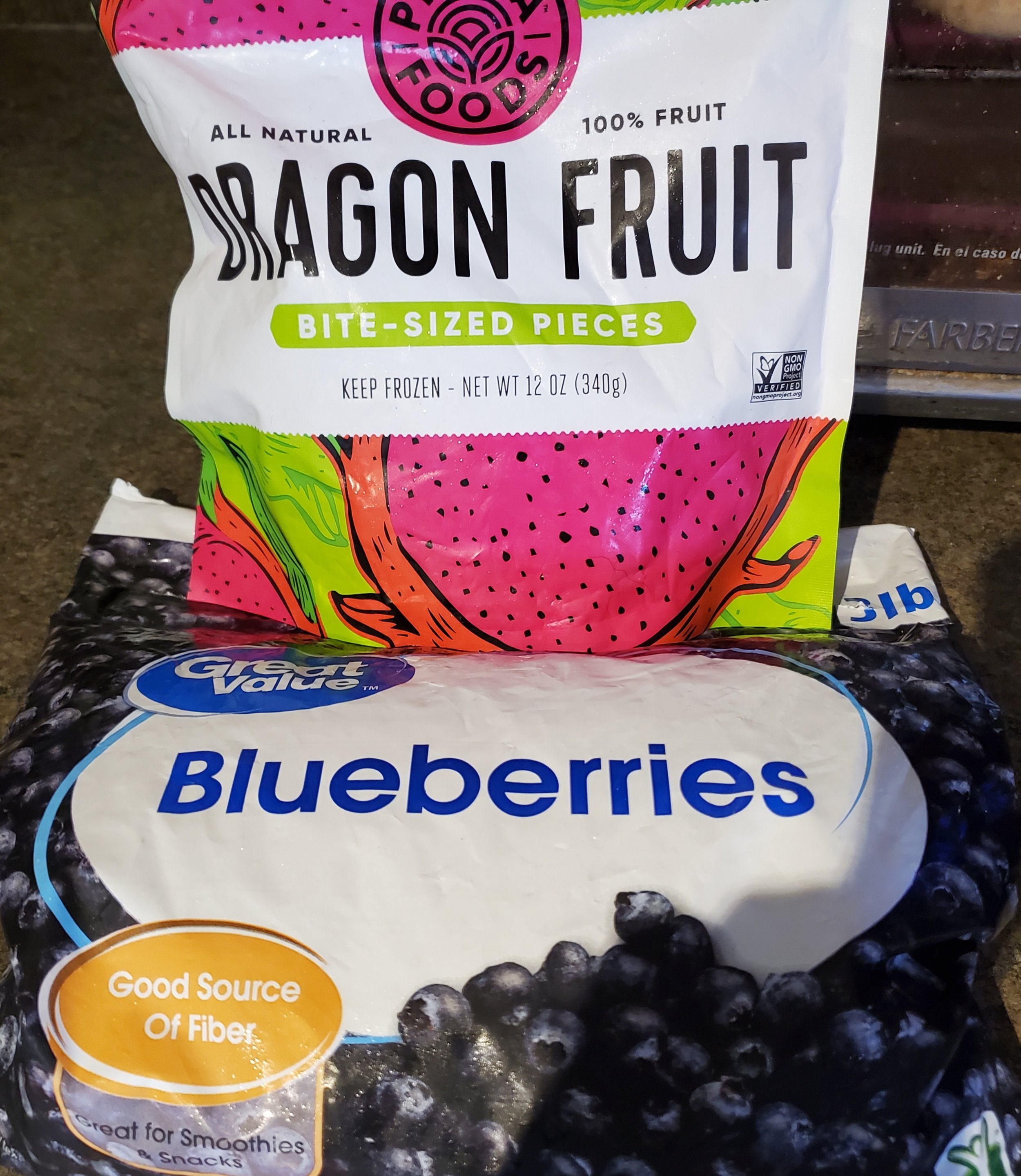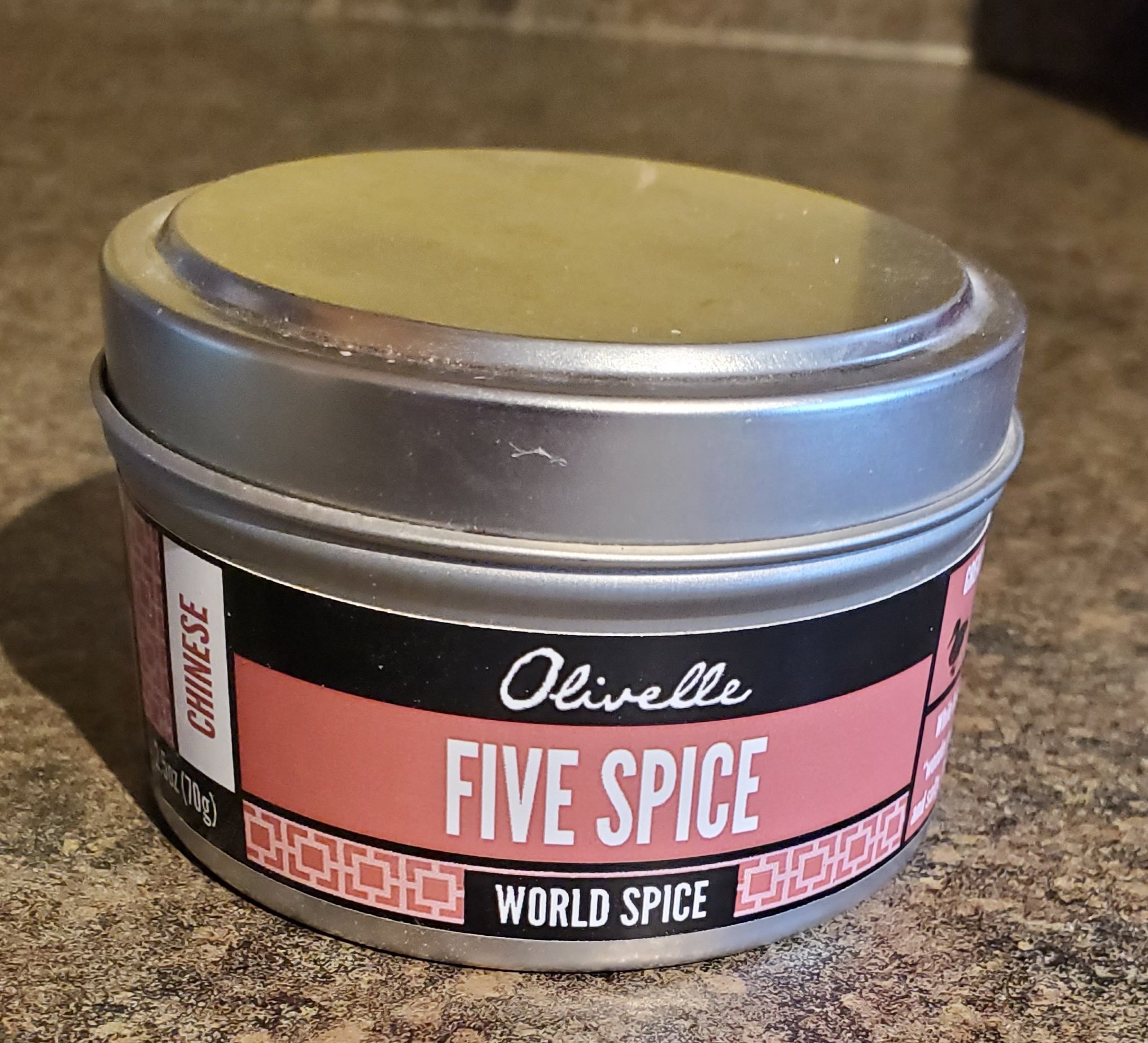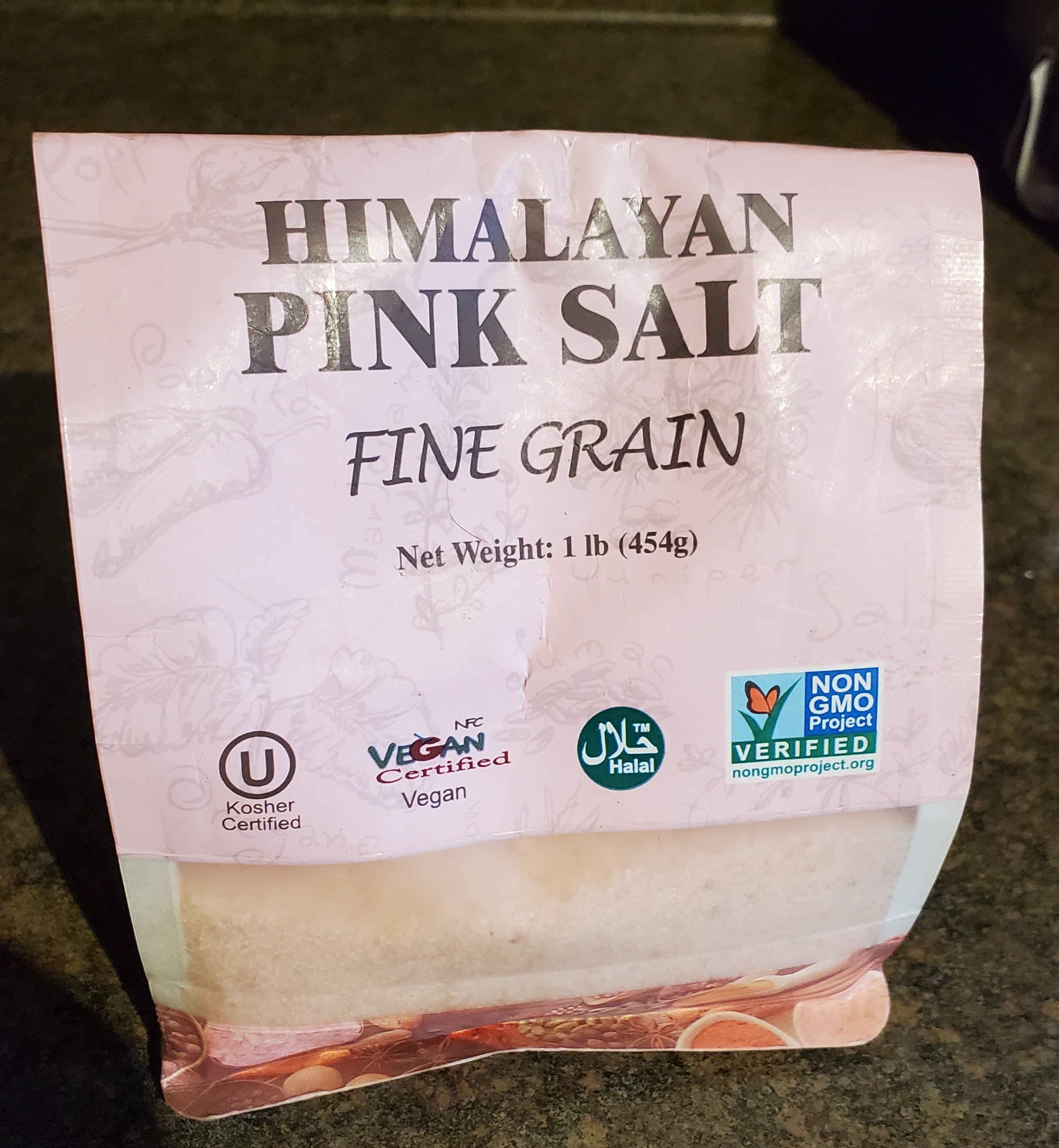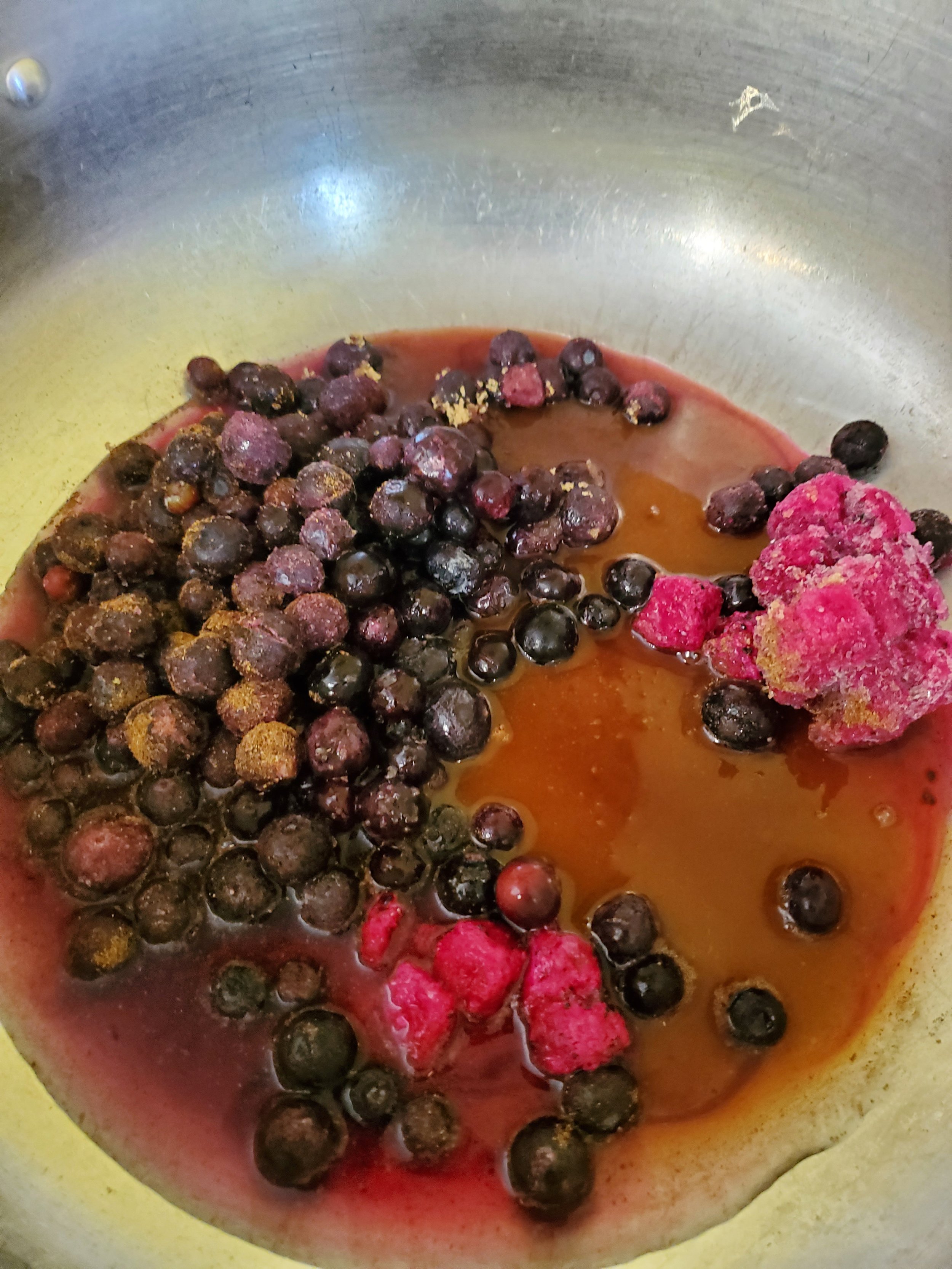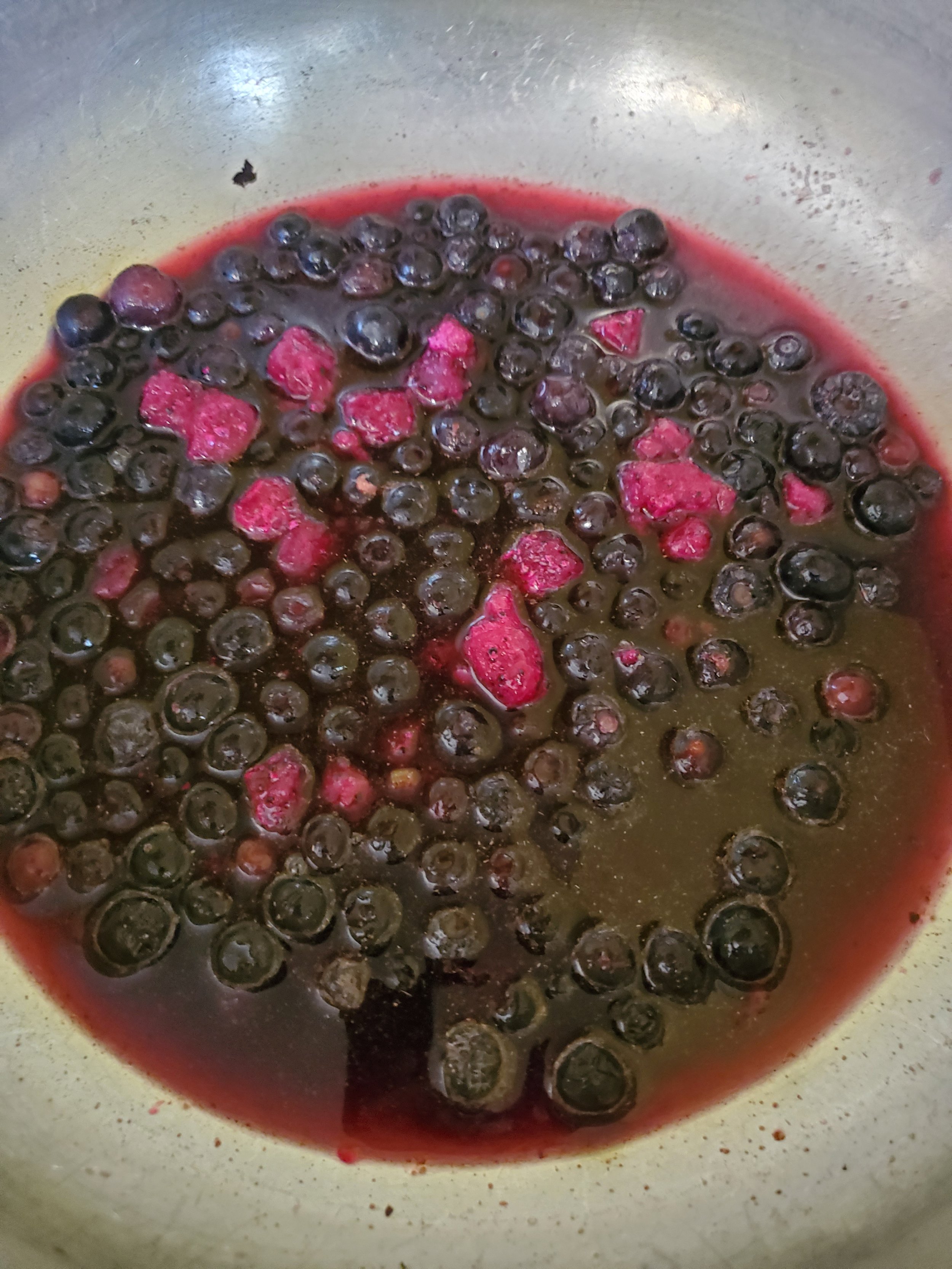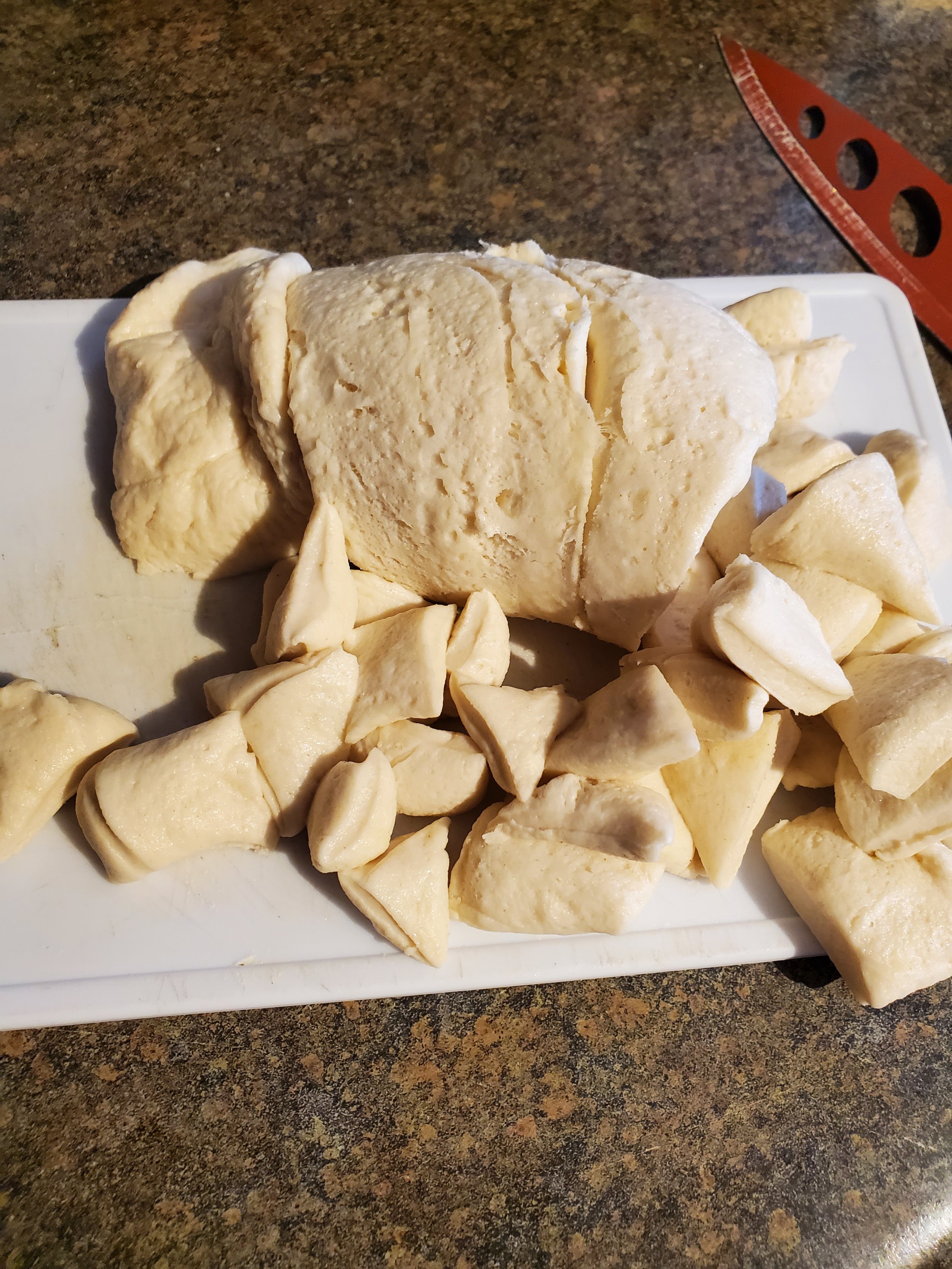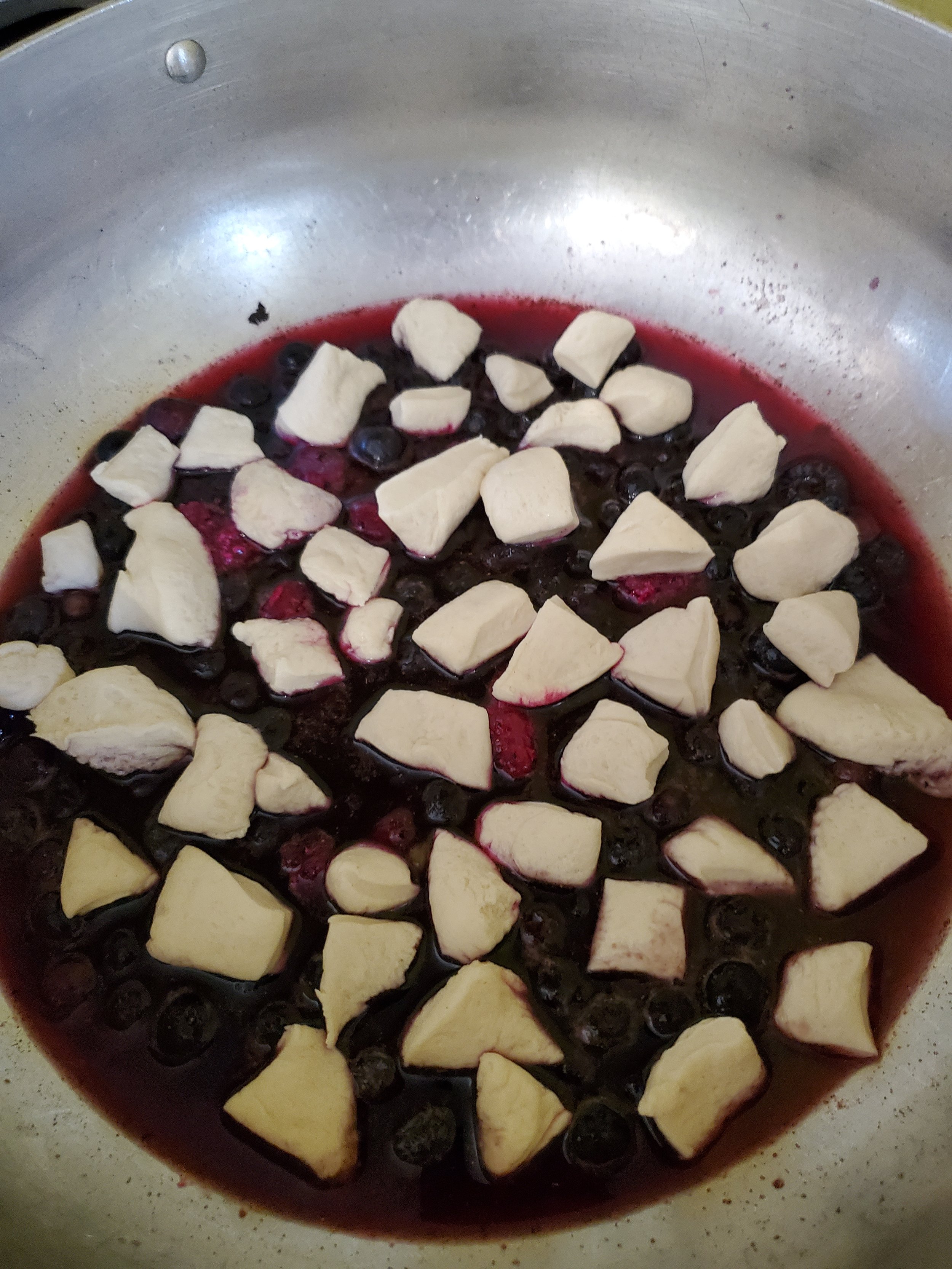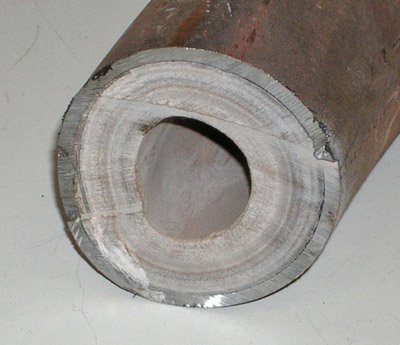Don't Let Your Home Become a Haunted House
We’re a day late, but still very much in the spooky spirit at Appliance Rescue Service HQ! We’ve waited all year long for our favorite holiday, and we’re back with some of the terrors that can plague your home. Now join us as we dive into a haunted Halloween story that could take place in your very own kitchen.
It's a dark and stormy night, as any good Halloween should be. You are baking away in your kitchen, looking forward to handing out goodies for the few brave trick-or-treaters. All is quiet in your home, and it’s looking to be a good night.
When you start smelling smoke, you think it must be the cookies you have going in the oven. But no, your oven isn't up to temperature yet, and the cookies are still in front of you. You open up the oven, thinking maybe there's something burning on the bottom, but no, there's nothing there, and yet the smell of smoke is getting stronger.
You rush around looking for the source, and you keep coming back to your oven. That's when you notice there's a flicker coming from behind. Your wiring finally gave out and caught fire during the preheating stage.
You rush to turn off the oven and grab your emergency fire extinguisher that you keep handy. Nothing else caught fire; nothing else has been damaged, except for the back of your stove and a bit of your wall. But the smell is gone; the fire is gone.
You take a deep breath thanking heaven that it's not as bad as it could have been. Except now you hear a dripping. Drip drip drip. You take a deep breath and hope that the trick-or-treaters will forgive you because it seems like there's yet another problem. You start to search, and you find that this time, there is an issue with your dishwasher. It's a matter of your dishwasher valves having given out. You can't unplug it. You aren’t even sure where that plug is.
So you rush to grab towels from your linen closet and throw them on the floor in front of it, praying that the damage won't be too bad and that you can catch it all in time. What else could possibly go wrong, you moan to yourself.
Except it's Halloween, and that's a question you should never ask. As you kneel on the floor, picking up soaking wet towels to toss into the wash, there's a rattle, a rattle and a shake, and a vibrating unholy sound that is one part screaming metal and one part rattling of the chains of the Damned.
You rush to your laundry room to find that it has rattled itself away from the wall and is even louder when you're standing in front of it. The clothes inside of it are perfectly fine, but you're not so certain about the wall. In rattling its way forward, your dryer has shaken down everything from the wall above it and is currently playing tug-of-war with both the electrical outlet and the vent housing. At this point, all you can do is pray that the lint catch has been cleaned recently and that it doesn't catch on fire as well. As you step forward to try and shove the dryer back into place, or maybe unplug it you, you slip.
Your feet go out from under you, and you land smack on your back, feeling like you’ve been horribly maligned by someone designing a scene for one of the Final Destination movies. You stare up at the ceiling and notice that there are spots of mold creeping across your ceiling. Had they been there long? Were they the reason that this whole night had kicked off? Just one long hallucination induced by black mold?
We hope you enjoyed that haunted tale, but take heed of the dangers that it represents. As taking care of your home and it’s needs means it will take care of you as well. Other than the sounds that your dryer might make having been kicked up a little for narrative embellishment, everything we pointed out as a potential failure point for a non-maintained appliance can actually happen. All of these are issues that can occur in any home with any appliance. All of these spooky instances can and do happen in your home when appliances aren't cared for properly or regularly. Some appliances, like your oven or your dishwasher, might be able to get away with only yearly maintenance checks. Others, like your refrigerator, your dryer, or your ice maker, require more frequent checks, typically every 6 months if not every three.
Appliance Rescue Service offers just that. We can work with you to set up a recurring maintenance schedule so that you don't have to worry about these issues. We review your appliances from top to bottom, looking for issues before they become hazardous to you or your home. If you're interested in finding out more about how we can work with you to ensure your home keeps running smoothly, you can give us a call at ((214) 599-0055), or reach out to us through our website. We will work with you to set up a time that fits best with your schedule.
Additional Reading
Halloween Horrors in Your Home
37 Reasons To Have Your Appliances Maintained Regularly




